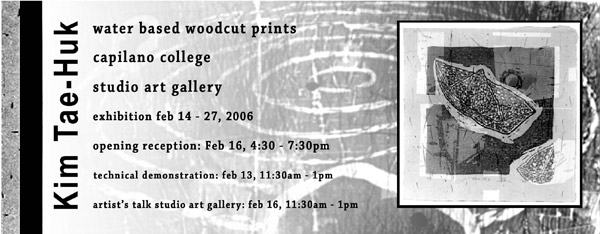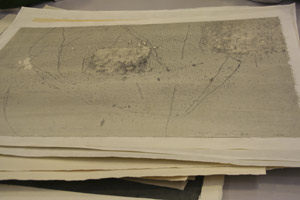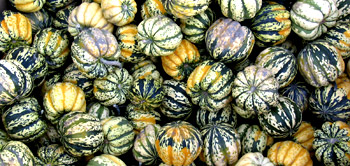Tae-Huk Kim exhibition

Regular readers may recall my post about our print studio’s artist-in-residence Tae-Huk Kim. Since his arrival in November, Kim has been busy making new woodcut prints using traditional Japanese water-based woodblock techniques. Next week he will be giving a demonstration of his technique followed by an exhibition of his works. Here are the details:
Monday, February 13th, 2006 11:30am – 1:00pm: Demonstration of Tools, Woodcutting and Printing
Thursday, February 16th, 2006 11:30am – 1:00pm: Walk Through Exhibition and Powerpoint Slide Show
Thursday, February 16th, 2006 4:30 – 7:30 pm: Exhibition Opening Reception
The exhibition is on from February 14th to 27th, 2006
Studio Art Gallery, Capilano College*
2055 Purcell Way, North Vancouver, BC
Gallery hours: 10am – 4pm Monday – Friday
To find your way to the North Vancouver Capilano College* campus, check out Google maps. Everyone is welcome!
* since then, the college has been designated a university







